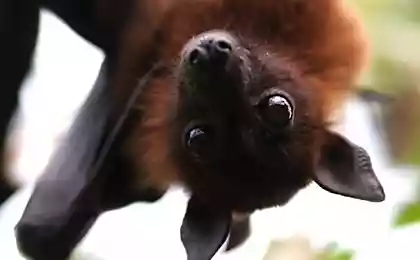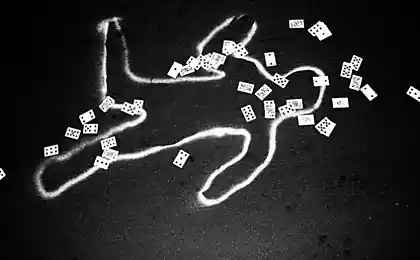833
Gene therapy has returned deaf ears mice
Known seventy genes which are the cause of mutation at deafness. Scientists from the Бостонского Children's Hospital focused on working with one of them: TMC1. This gene - the cause of four to eight percent of the cases of deafness. It is responsible for a protein that converts sound into electrical signals for being sent to the brain. Introduction of the gene into mice came to hear.

The sensory hair bundles in the form of an inverted V in the ear. Each of the beams sodezhit from 50 to 100 with microvilli TMC-proteins. Gene therapy restores hearing adding existing proteins. I>
The researchers removed one group of mice a gene TMC1. The second group gene was mutated. The researchers used adeno-associated virus 1 (AAV1) for transportation and activator gene - a genetic sequence to activate the gene in hair cells. Hair cells - a receptor of the auditory system and vestibular system in all vertebrates. The results of the mouse again began to hear.
Mice without the gene TMC1 (recessive form of deafness) again began to react to sound. Hair cells have begun to generate electrical signals and earphone of the brainstem of mice increased. The mice in the second group (with the mutation - the dominant form of deafness) and restore hearing.
Researchers hope to begin testing on volunteers in the next 5-10 years. Prior to that, they have to determine whether therapy is a long-term effect.

The sensory hair cells in the ear after a mouse gene therapy. ScienceDaily
In April 2015, Japanese scientists from the University Dzyuntendo restore hearing mice with congenital deafness using gene Gjb2. The mutated gene was the cause of offspring with congenital deafness. Scientists have been working on one ear rodent, and it became hear the sound volume of 70 decibels. The second ear was deaf. In Japan, about 30 thousand people suffer from congenital deafness due to a mutation of this gene.
In October 2014, scientists from the University of Michigan использовали conditional gene recombination , to force the body to produce a protein deaf mouse NT3. Two weeks later, the hearing in mice was partially restored.
Source: geektimes.ru/post/253348/

The sensory hair bundles in the form of an inverted V in the ear. Each of the beams sodezhit from 50 to 100 with microvilli TMC-proteins. Gene therapy restores hearing adding existing proteins. I>
The researchers removed one group of mice a gene TMC1. The second group gene was mutated. The researchers used adeno-associated virus 1 (AAV1) for transportation and activator gene - a genetic sequence to activate the gene in hair cells. Hair cells - a receptor of the auditory system and vestibular system in all vertebrates. The results of the mouse again began to hear.
Mice without the gene TMC1 (recessive form of deafness) again began to react to sound. Hair cells have begun to generate electrical signals and earphone of the brainstem of mice increased. The mice in the second group (with the mutation - the dominant form of deafness) and restore hearing.
Researchers hope to begin testing on volunteers in the next 5-10 years. Prior to that, they have to determine whether therapy is a long-term effect.

The sensory hair cells in the ear after a mouse gene therapy. ScienceDaily
In April 2015, Japanese scientists from the University Dzyuntendo restore hearing mice with congenital deafness using gene Gjb2. The mutated gene was the cause of offspring with congenital deafness. Scientists have been working on one ear rodent, and it became hear the sound volume of 70 decibels. The second ear was deaf. In Japan, about 30 thousand people suffer from congenital deafness due to a mutation of this gene.
In October 2014, scientists from the University of Michigan использовали conditional gene recombination , to force the body to produce a protein deaf mouse NT3. Two weeks later, the hearing in mice was partially restored.
Source: geektimes.ru/post/253348/
Tomorrow, New Horizons will approach Pluto in the minimum distance
The startup of the San Francisco series makes electric mopeds






















